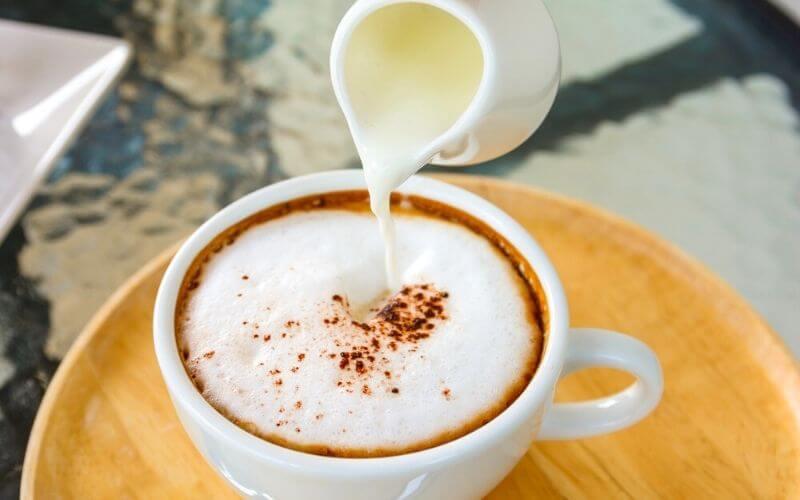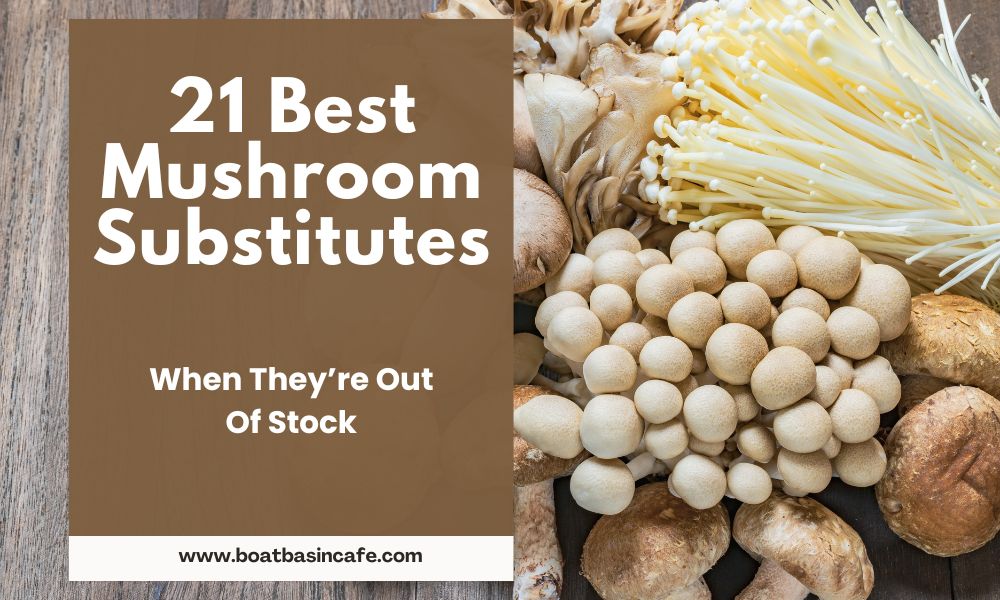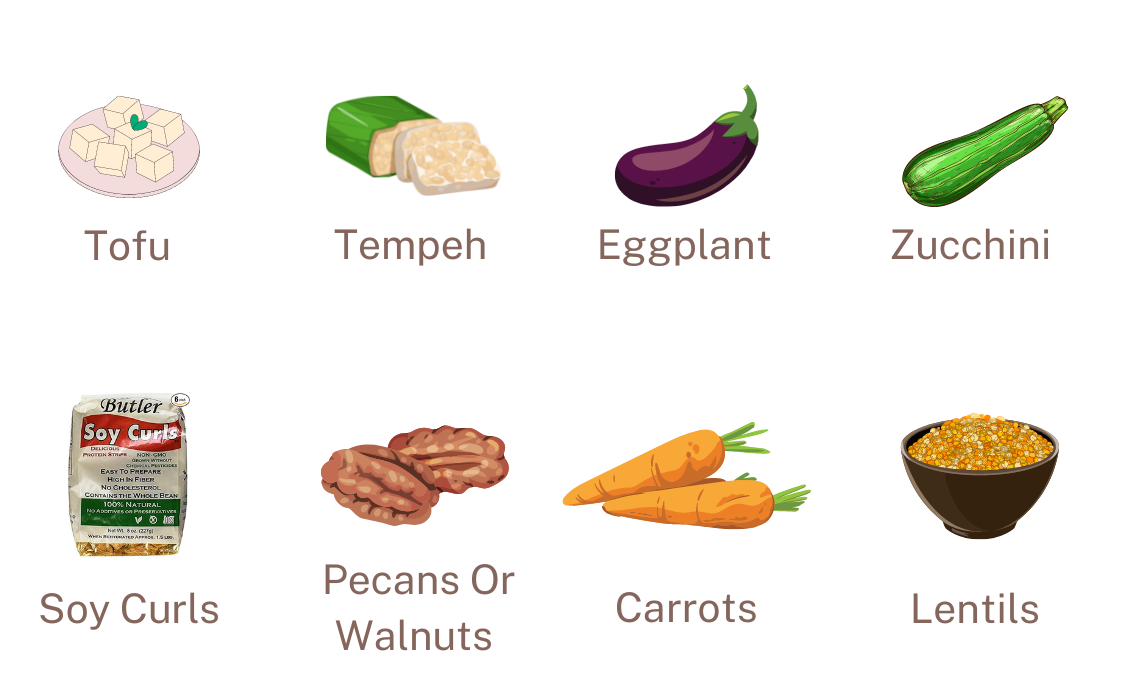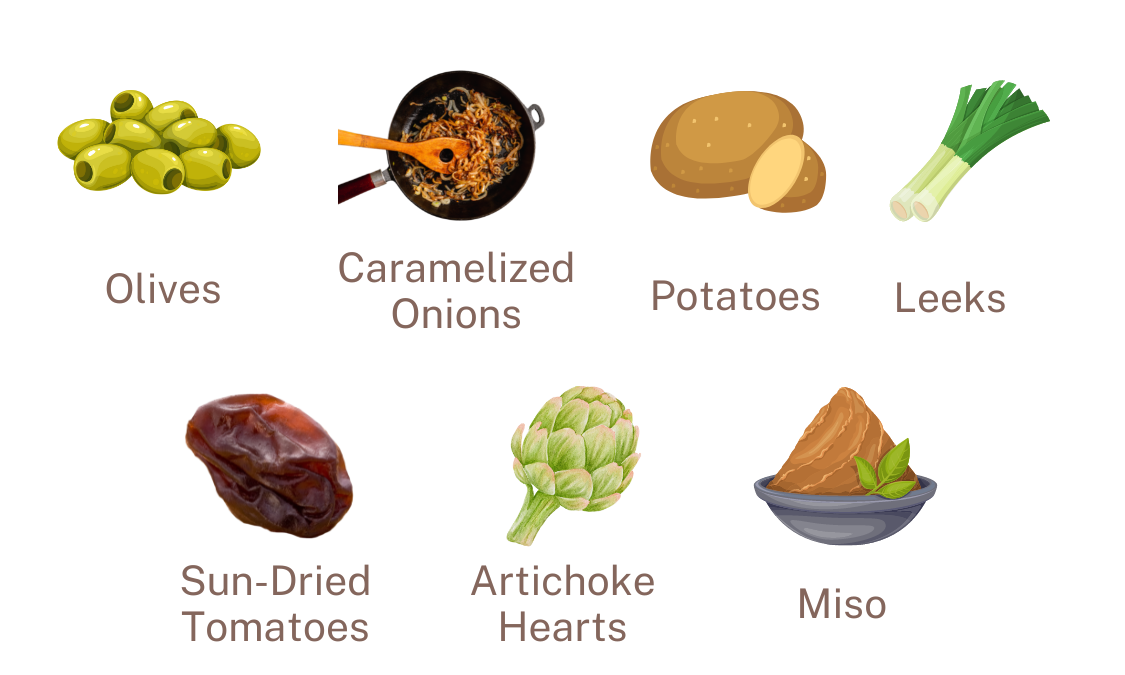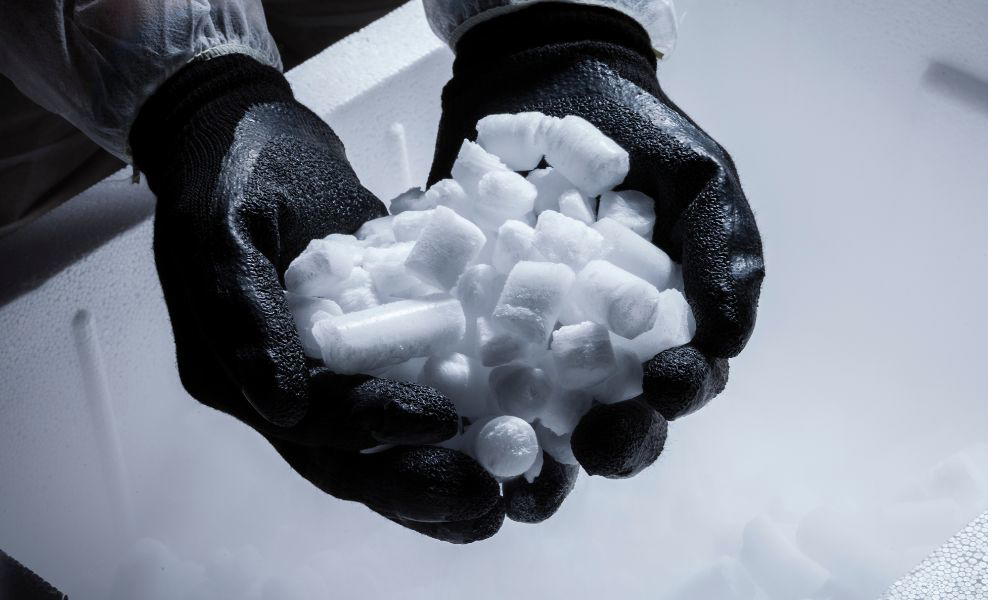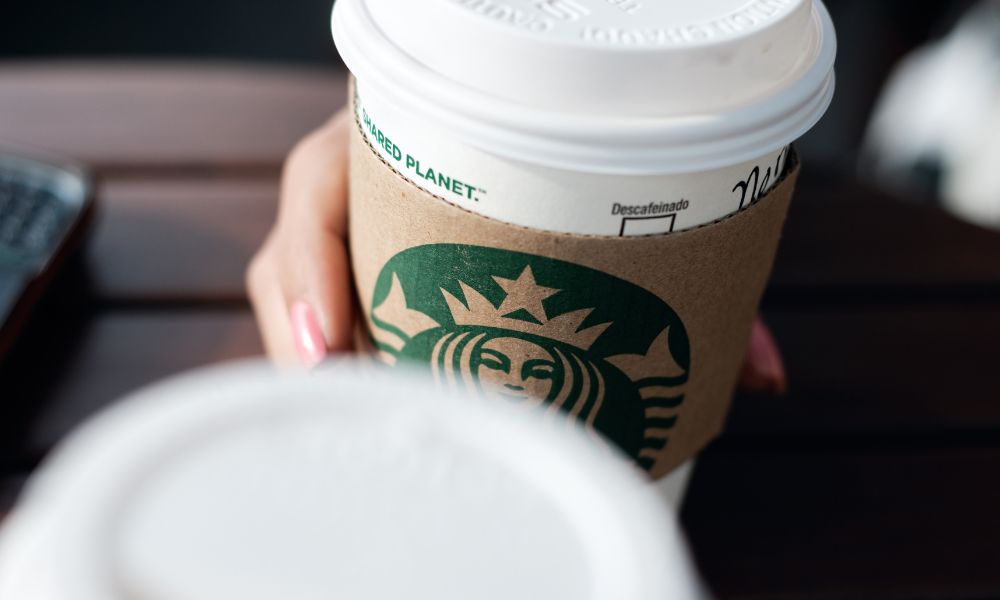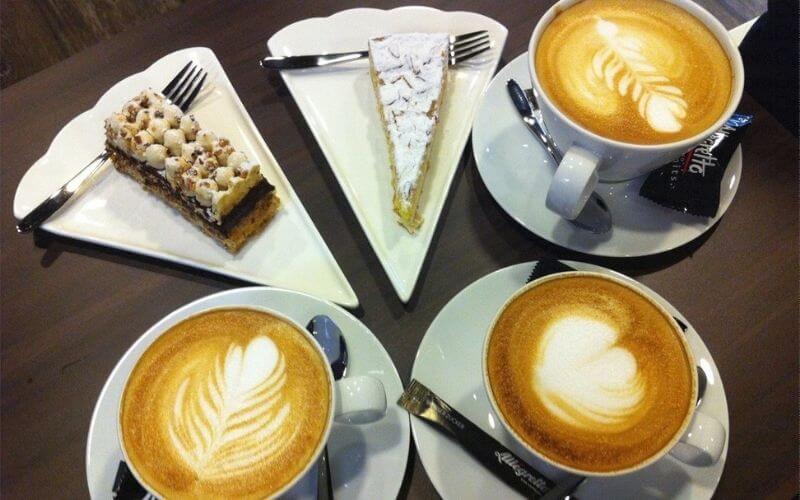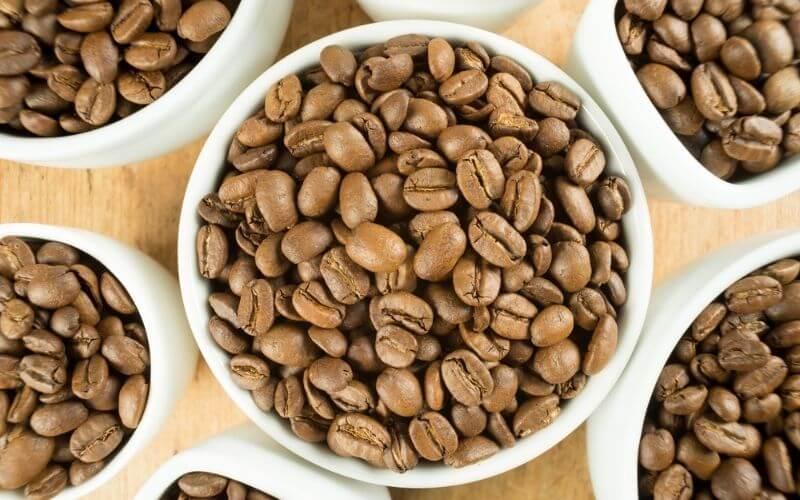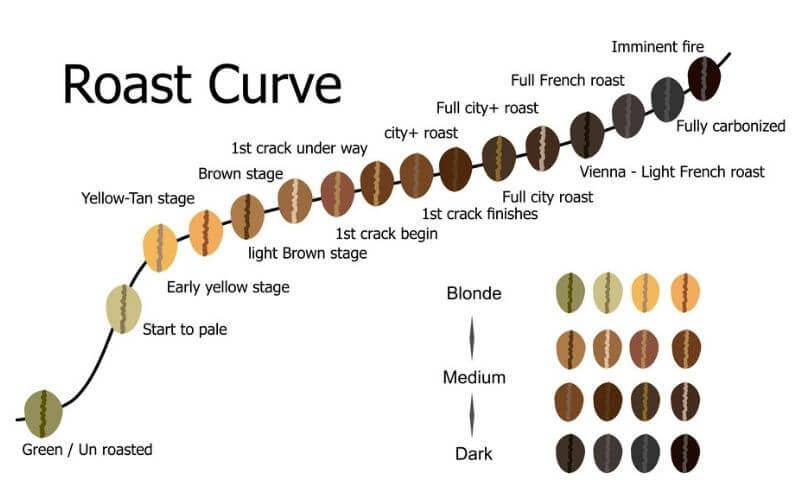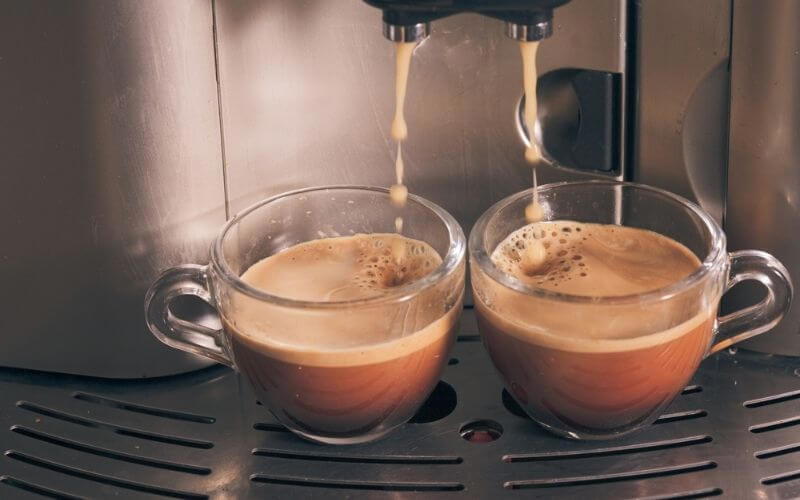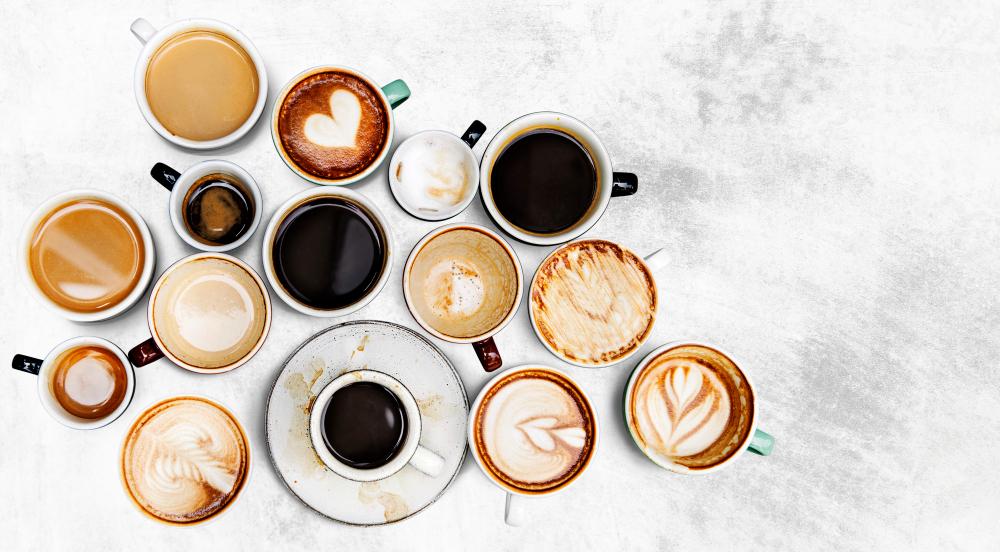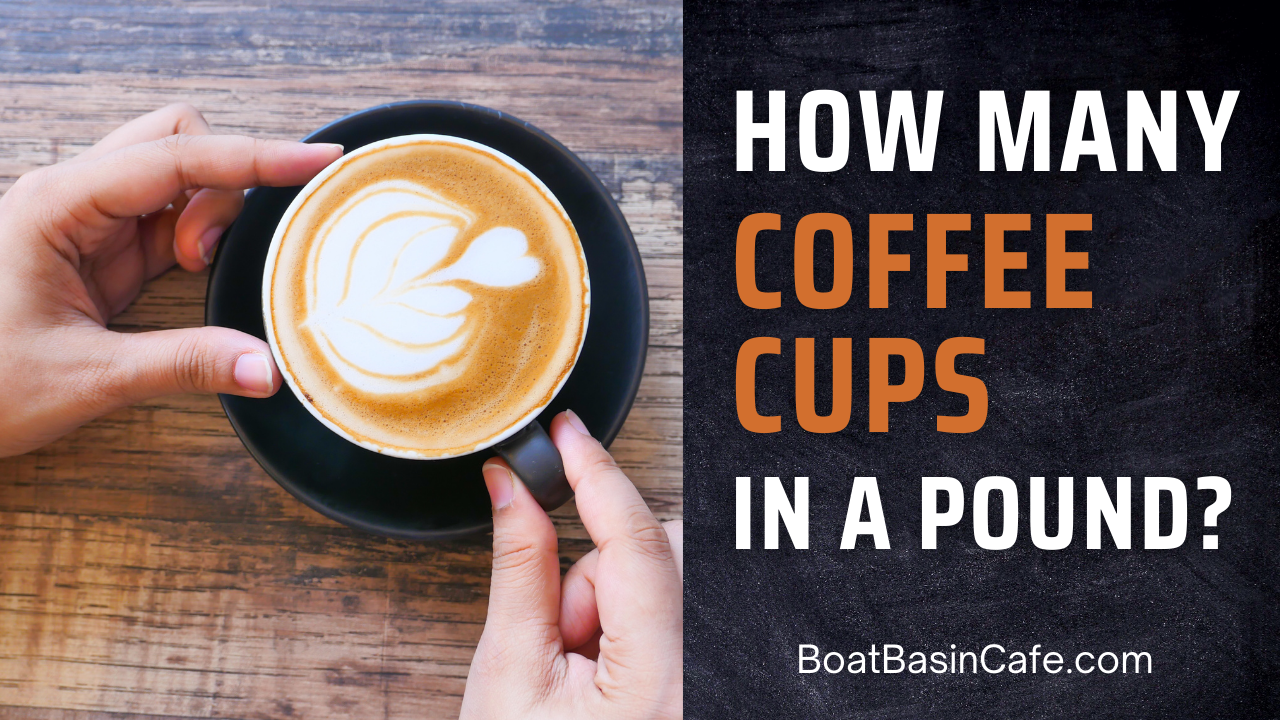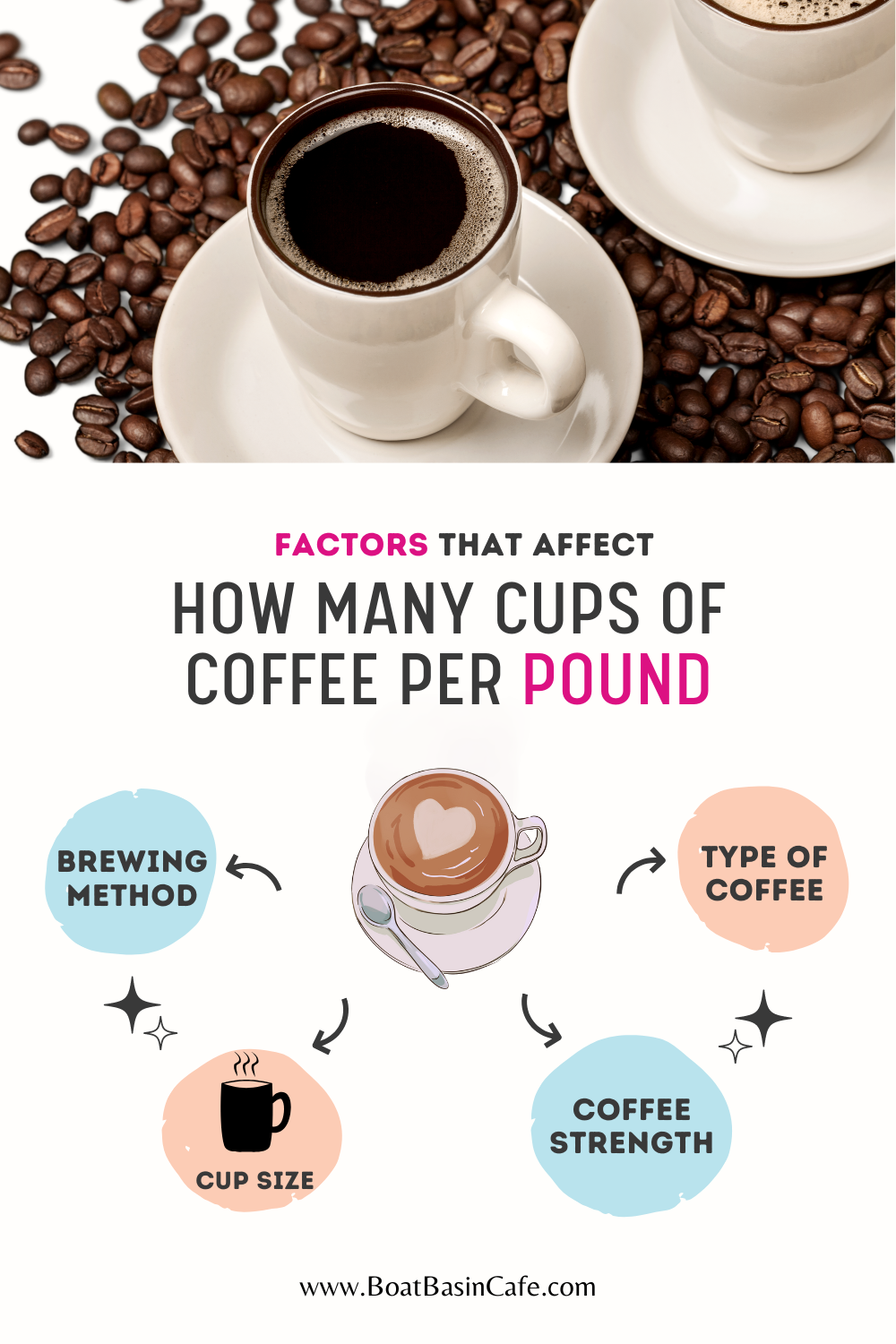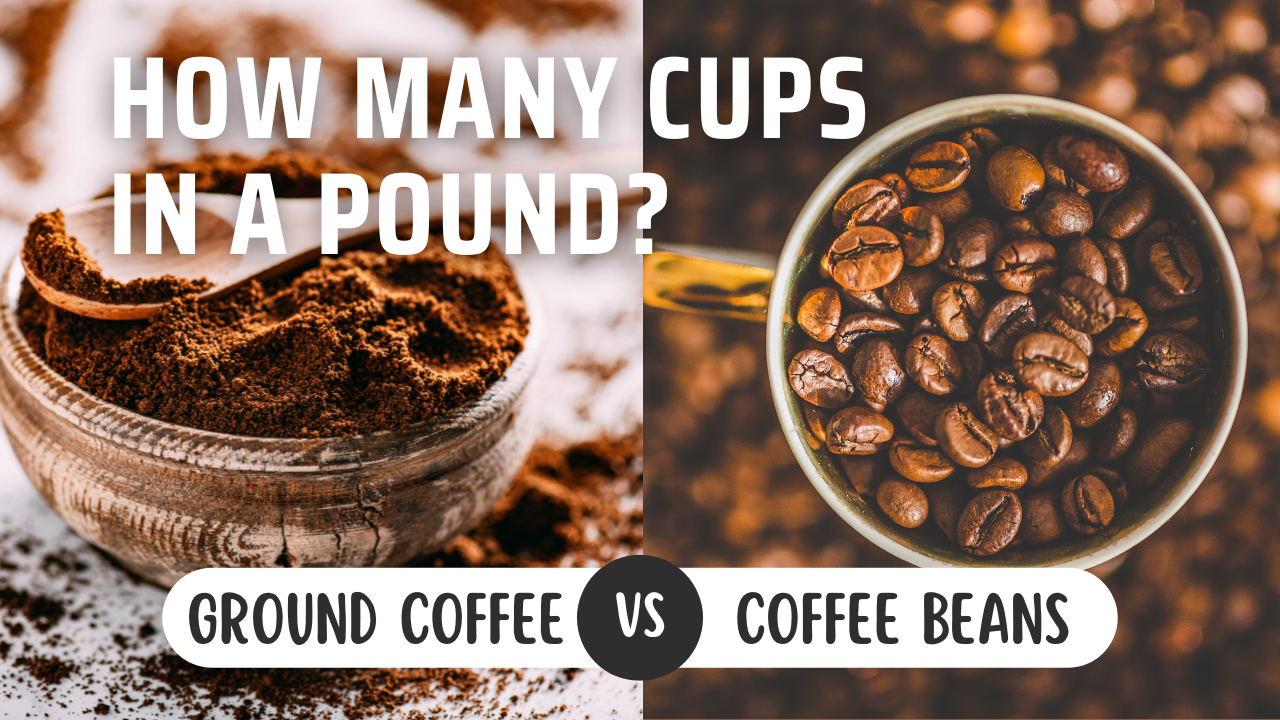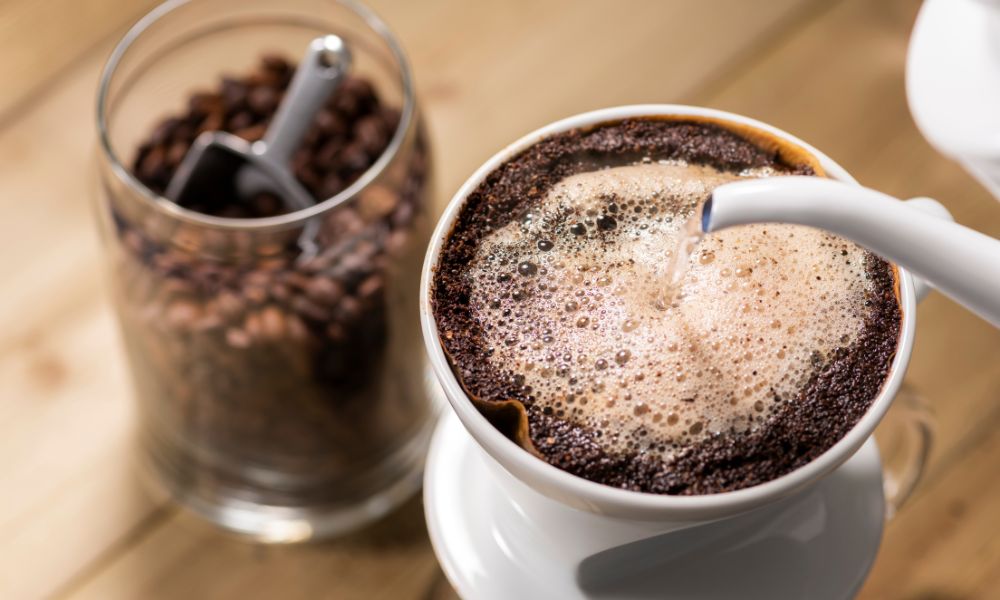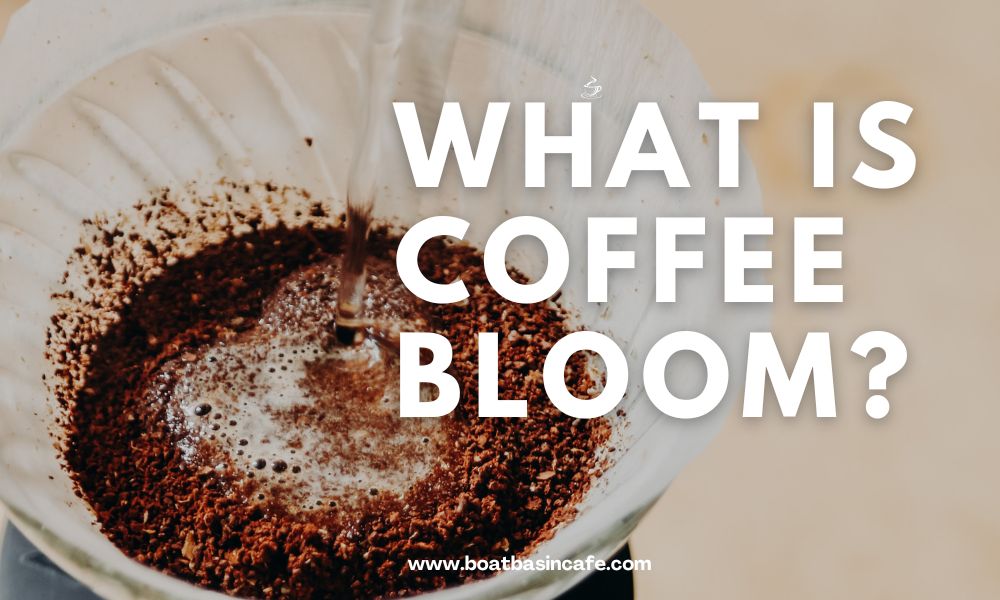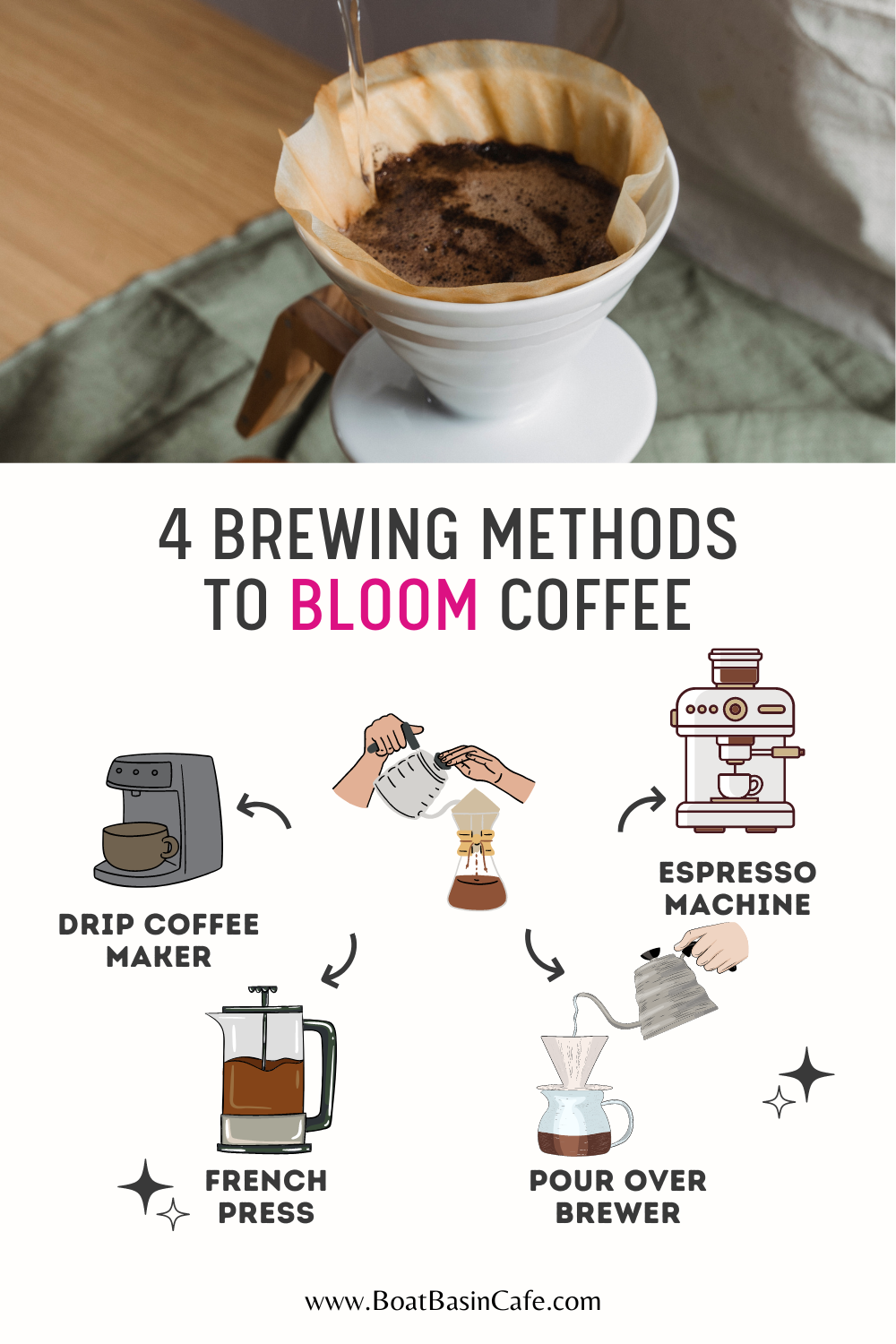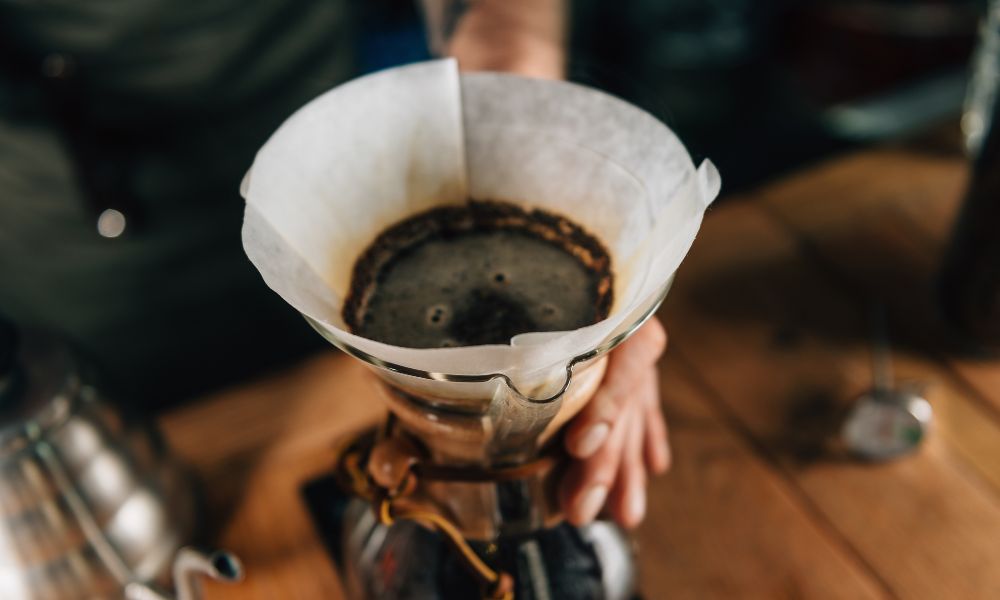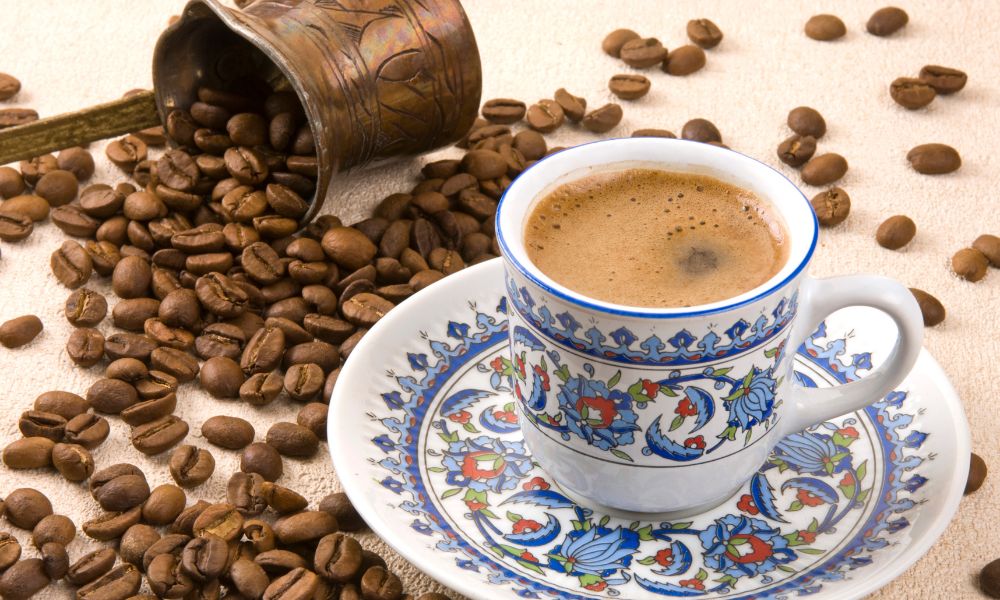A friend of mine once bought coffee creamer in bulk, thanks to an impulse purchase during a flash sale. And as much as I love coffee in all its various flavors and combinations, I could not see what one would do with a nearly endless supply of coffee creamer.
And anyway, wouldn’t the creamer go bad, especially dairy ones?
This gave me an idea. Can you freeze coffee creamer? After all, people freeze brewed coffee all the time, so why not creamer? I was also curious about whether frozen coffee creamer would have the same flavor and texture as the fresh stuff.
So this article will look at coffee creamers and whether you can keep them in the freezer for long-term storage. We will also go into how non-refrigerated creamers compare to frozen creamers.
You may also like: How long does creamer last out of the fridge
Coffee Creamer 101: What You Need to Know

Most people are familiar with one or two kinds of coffee creamer, usually, the stuff found around the house or office break room like Carnation coffee creamer. Can you freeze Coffee-Mate creamer? What about liquid non-dairy creamers?
But before we get into all that, let’s find out more about the different kinds of coffee creamers people tend to use.
Liquid Dairy Creamers:
Liquid dairy creamers are commonly used instead of milk or half-and-half in coffee or teas. These creamers have some kind of dairy product or derivative, oil, thickeners, or emulsifiers. Many dairy creamers also have added flavors like vanilla, hazelnut, caramel, and even things like cookie dough.
Liquid coffee creamers, especially those with dairy have the shortest shelf life and need to be consumed quickly. They either come in large cartons or individual little cups for a single serving.
Liquid Non-Dairy Creamers:
These are the most common kind of liquid creamers and are popular among vegans. These plant-based coffee creamers are made from almond, soy, or coconut milk. They also have additives for additional flavoring, thickeners, and oil.
The main advantage of non-dairy creamers is that they have a longer shelf life than the dairy counterparts. However, like other liquid creamers, they come in either large cartons or jugs or single-serving cups.
Powdered Creamers:
Powdered creamers like Coffee-Mate are generally considered non-dairy products. They are made of corn syrup solids, vegetable oil solids, sugar, fats, and flavoring. Some powdered creamers contain casein, a product of cow’s milk. As a result, vegans need to check powdered creamers for their ingredients.
Other Coffee Condiments:
People often use whatever dairy they have on hand when they run out of creamer. This includes milk, cream, and half-and-half. Many actually prefer these to creamers as they have fewer additives and weird preservatives.
Dairy milk is notorious for its short shelf life so there’s a good chance you want to freeze it as soon as you notice you won’t finish it on time.
Plant-based milks stay fresher for longer, but they need to be stored properly for long periods. Lactose-free milk is also used by those who are lactose intolerant.
How Long does Coffee Creamer Last?
The shelf life of coffee creamer varies depending on the type of creamer and the storage conditions. Most coffee creamers have a shelf life of about two weeks once they are opened and kept in the refrigerator. However, if the creamer is left unopened, it can last for several months.
How Do I Freeze Coffee Creamer?

So now that we know about the kinds of creamers people add to coffee, let’s move onto how to freeze them. The answer to the question can I freeze coffee creamer is yes, but there are a few things you need to consider, depending on the kind of creamer you are dealing with.
This little guide will show you how to freeze coffee creamers, whether liquid or in powdered form.
Freezing Liquid Creamers:
To store unopened liquid creamers in the freezer, simply keep the entire container in the freezer. This will stay good for just over 4-6 months. However, this means that you need to defrost all the creamer at once.
Once thawed, you cannot refreeze the creamer, so make sure that you finish the creamer in the next few days.
Can you freeze liquid coffee creamer outside its container? Yes, of course! You can pour the creamer into an ice cube tray, cover it with foil and leave it in the freezer for a couple of hours.
Then, remove the frozen creamer cubes and place them in a large sealable bag, pushing out as much air as possible before sealing it back up. Place this bag in another freezer bag before placing it in the freezer.
This method is great because it lets you take out as many cubes as needed without thawing all of the creamer. Each cube is also perfect as a single serving of creamer. It is particularly good for iced lattes, as you can add it to cold brew coffee and enjoy a perfectly chilled drink.
These methods work fine with both liquid nondairy creamer and dairy creamer. You can also pour the milk or creamer into a separate tub or container for freezing, but make sure you leave enough space in the container as the liquid will expand as it freezes.
The process works if you want to freeze almond milk, or even to freeze half and half. Straight dairy will last around 6 months in the freezer, especially if it is UHT. Although this may alter the texture slightly.
Can you freeze lactose-free milk? Yes, you can, and just follow the steps mentioned above.
Using Frozen Liquid Creamers:
If you want to use frozen liquid creamers in chilled drinks like frappes and iced coffees, simply use the ice cube tray method. Simply take the frozen cubes and add them to your drink. But if you want to use them in hot coffee, allow the creamer to defrost and melt first.
To do so, simply remove the frozen creamer from the freezer and put it in the fridge to thaw. This will take a few hours to melt.
Then you can add it to your coffee or tea. While there may be a slight change in texture and sometimes the taste, the nutritional value will remain the same.
Freezing Powdered Creamers:
Powdered creamers can be frozen as well, and with great results. This method works best if you want to use your creamer for hot coffee, as it is harder for frozen powders to melt into cold coffee.
To freeze this kind of creamer, just store the entire container in the freezer section. Like liquid creamer, you can store it in the freezer for up to 6 months. To avoid freezer burn, place the container of creamer in a freezer bag for extra protection.
Using Frozen Powdered Creamers:
To use frozen powdered creamer, simply take it out of the freezer and use a spoon to add the powder to your beverage. Powdered products tend to clump up when frozen so you may need to stir thoroughly to get all the creamer to combine with the coffee.
How to Defrost Frozen Coffee Creamer
Make a Plan
The key to successfully defrosting frozen coffee creamer is to plan ahead of time. Defrosting the creamer in the microwave may seem like a good idea if you’re in a hurry and need to use it right away, but it’s not. Microwaving the creamer might cause it to split and become clumpy, which is unappealing in coffee. Instead, prepare ahead and allow the creamer to defrost naturally.
Take out of the Freezer
To begin defrosting frozen coffee creamer, remove it from the freezer. Remove the bottle from the freezer and set it in the refrigerator. Defrosting the creamer will take many hours, so allow plenty of time. It is preferable to thaw the creamer overnight or for at least 12 hours in the refrigerator.
Shake vigorously
Give the creamer a thorough shake when it has defrosted. The creamer may separate if frozen, and shaking it will help mix it back together. Shake the bottle vigorously for 30 seconds.
Examine the Consistency
Check the creamer’s consistency after shaking the bottle. Shake it for additional 30 seconds if it’s still clumpy or separated. Continue the operation until the creamer is smooth and uniform in texture.
Try it out
It’s a good idea to test the creamer before using it in your coffee. Pour a small quantity into a cup and check to see whether it looks and tastes well. If the creamer remains clumpy or has an odd flavour, it is likely ruined and unsafe to use. In this scenario, it’s better to discard it and replace it with a new bottle.
Tips for Freezing Coffee Creamer Properly
Freezing things tends to alter the taste or texture, as the process of thawing can alter its chemical makeup. But if you follow certain steps, you can mitigate this factor and make sure the creamer tastes fresh even after it has been frozen or thawed.
- Always write the date when freezing your creamer. Use a marker to clearly state the date you freeze the creamer and the date at which it will go bad.
- Use the creamer within 6 months of freezing, whether it is liquid or powdered.
- For the best results, freeze the creamer in individual serving portions as this makes it easier to use whenever needed.
- Defrost the creamer in the fridge instead of on the counter. Simply pop the frozen creamer in the fridge a couple of hours beforehand.
- A good way to preserve the texture is to shake the thawed creamer before using it. This step makes sure everything gets mixed well.
- Don’t refreeze your creamer. Once thawed, use up the creamer in a week, and don’t try freezing it again.
- If you want a quick cup of hot coffee, simply melt the cubes of creamer by using the defrost setting in your microwave. You can also melt it down in a small saucepan on the stove.
Things to Do with Frozen Creamer
Besides melting or thawing to add to coffee here are a few other uses for frozen liquid creamer:
- Blend it into milkshakes or malts for added creaminess.
- Blend with cold brew coffee for a DIY Frappuccino.
- You can also blend creamer cubes with some Baileys and coffee liqueur for a delightfully adult and boozy chilled coffee.
- If you are out of milk, you can always add some thawed creamer to tea for a flavored chai.
- Add to crepe, pancake, or waffle batters for added richness and thickness.
- Use it in hot chocolate instead of milk or half-and-half.
- Substitute some milk or water with thawed creamer when cooking hot oats for improved flavor. You can even add it to your overnight oats!
- Crush frozen creamer cubes and serve alongside fresh fruit for a cool and slightly healthier dessert.
Frequently Asked Questions
In this section, you will find answers to questions people often have about freezing coffee creamers.
01. Can I Freeze Coffee Creamer?
You can freeze coffee creamers and they will remain edible for up to 6 months.
02. What Can I Use Instead of Coffee Creamer?
Popular creamer substitutes include milk (dairy or non-dairy), half-and-half, sweetened condensed milk, evaporated milk, and plain milk powder.
03. How Can I Defrost Coffee Creamer Safely?
The best way to defrost creamer is to leave it in the fridge for a couple of hours (or even overnight) before using it in your coffee.
04. How Will I Know If My Creamer Has Gone Bad?
If your creamer feels lumpy, smells sour, or tastes very ‘off’ it is best to throw it out.
05. Do I Need to Freeze Coffee Creamer?
Most creamers are pasteurized or crammed with preservatives so they will keep for a long time before you open the container. But once the packaging is opened, it is best to keep it in the fridge or freezer.
Bottomline
So the next time you have an unexpected supply of creamer in stock, you won’t have to consider drinking it straight out of the carton just to get it out of the way. The answer to the question can you freeze coffee creamer may be straightforward, but for the best results, it is necessary to follow a few careful steps. And if you like frozen frappes and iced coffee, you may be tempted to pop a carton of creamer into an ice cube tray right away to cool yourself this summer!
